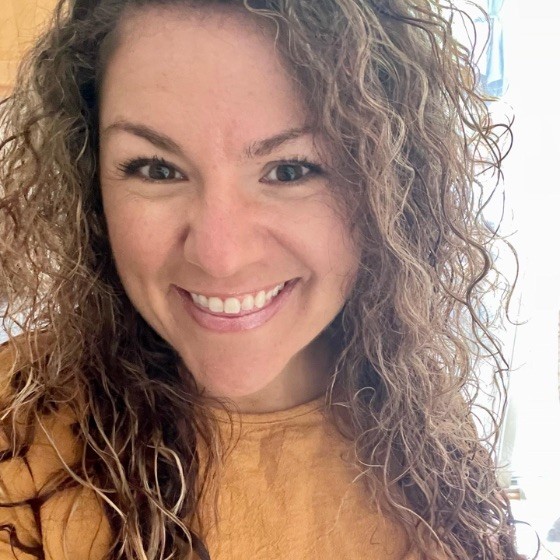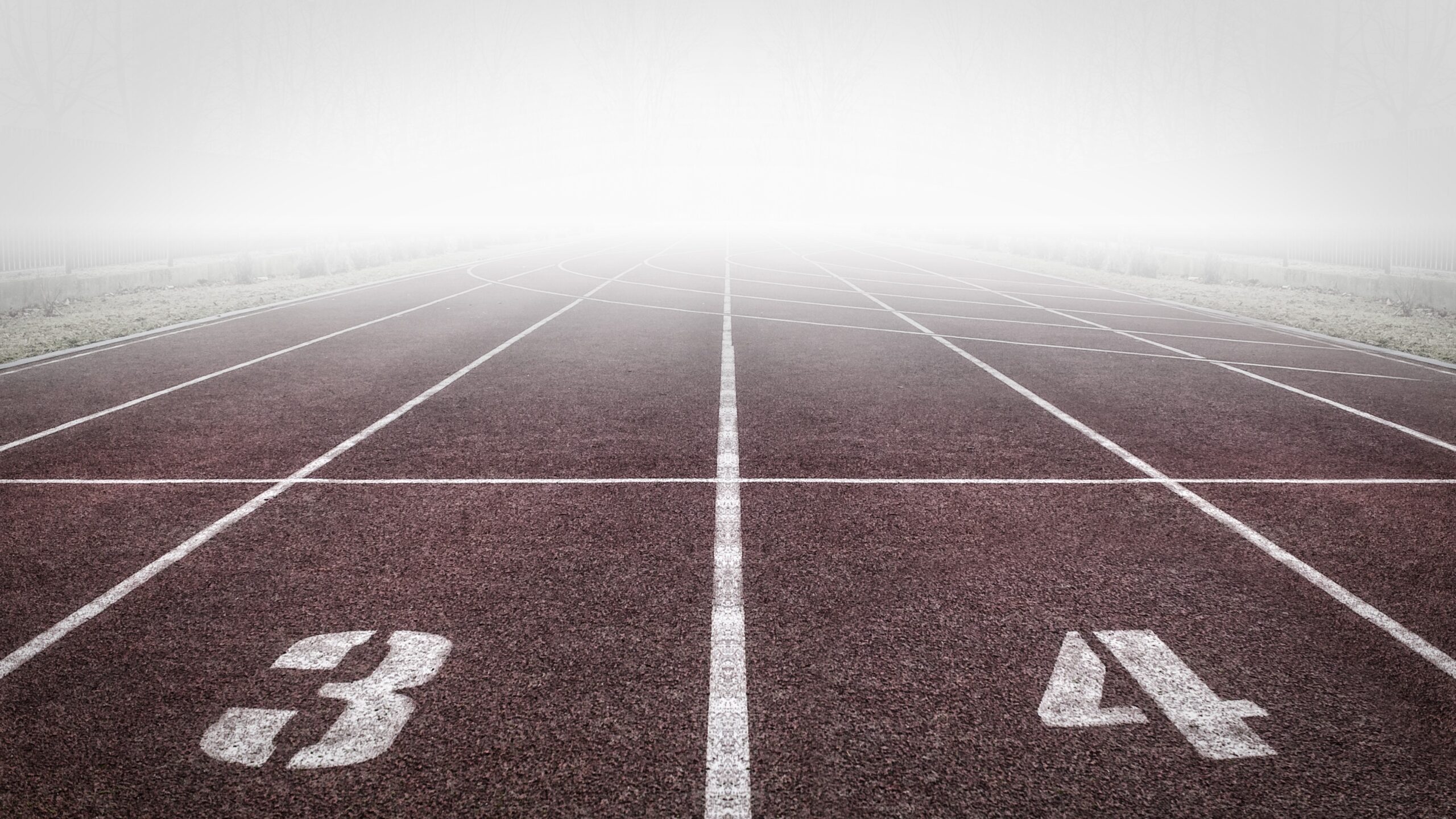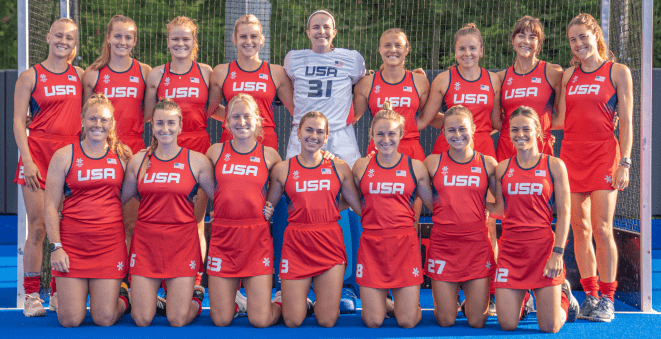I can’t say that I’ve endured a season-ending injury.
I’m a 46-year-old USA, PIAA, and NCAA field hockey official and my seasons continue. Season-ending sounds perilous. But it’s only a temporary stage in your life.
When you love your sport, you’ll find a way to come back or reinvent a new way to stay connected to it. And to be sensitive, pain thresholds are different for everyone. So, if you’re unable to climb back up, do all that your good doctors tell you to do to have a meaningful life.
Throughout my field hockey career, I’ve had a lot of ups and downs. I started playing field hockey at South Western High School in Hanover, Pennsylvania when I was 14. I contracted mono my sophomore year (overworked and not resting), and tendonitis in my left knee my junior year.
Back in the 90s, field hockey, as well as most sports in general, was just starting to become a bigger deal. Overall, the opportunities of 30 years ago are nothing compared to the 24/7, 365 sports world we live in in the 2020s.
And, as we advance medically, athletes find themselves still addicted to their first, second, or third loves far beyond middle age. For me, field hockey was my first love. Playing the cello was second. Writing was my third. Traveling my fourth. I have a few…many, many, more actually.
When you discover something that merits dedication, commitment, and adds value to your life, it’s very hard to let go of it. It doesn’t matter who tells you, you can’t; you already know that you’ve decided that you can. That feeling is a message to your entire neurological system, which says, “I like this.”
So, you crave more and more of it.
In October 2017, I had just wrapped up umpiring a high school field hockey game in York County. It was Dallastown versus Northeastern. We had a memorable moment when a defender decided to sacrifice her body and literally lay on top of the ball. The ball crossed the goal line, but she used her hands to push the ball out of the cage.
Not only did I call it a goal, but her coach, my umpire partner, and I gathered for a quick meeting of the minds, and scratched our heads wondering, “what just happened?” There were so many rules broken within 3-4 seconds. It was my last game of the 2017 PIAA regular season.
A few days later, I had to run an errand for a friend. Everything went wrong. It was supposed to be a quick round trip from The York Dispatch (where I worked at the time) to Wells Fargo and then to Panera and back to the office. I calculated about 30 minutes to get it done.
I successfully made it to Wells Fargo, and then began my drive to Panera, which was about five to 10 minutes away depending on traffic. I was going to order chicken soup from Panera’s app once I got to the store, and then drive back to the office.
As I was driving to Panera, I had to stop at an intersection. There was oncoming traffic. My car was at a complete stop. I checked my rearview and saw a turquoise car off in the distance but thought nothing of it.
In a matter of a split second, the car was nearing my rear-end bumper. I saw it barreling toward me and realized the driver wasn’t stopping.
I started to gently tap on my accelerator. I thought maybe if I try to get out of the way, the driver would see me and veer around me. There were cars still traveling in the other lane, preventing me from being able to turn left. There were only, like, maybe, three cars spaced out enough to keep me trapped at the intersection.
I glanced briefly, barely, over my right shoulder, to see how much time I had to make a move, and boom. Before I knew it, my brakes were disabled, and my car was speeding toward a slightly steep embankment. I slammed my head on the steering wheel.
As I was nearing the embankment, I hammered the brakes, but nothing happened. My steering wheel had locked up, and I remember thinking, “this could be it.”
The next thing I knew, these gnarly, antiquated looking wires wrapped around my engine. My car slowly and miraculously came to a stop. I couldn’t believe it. I couldn’t believe that I didn’t roll over the embankment, where I would have most likely been crushed to death.
The glass didn’t shatter. I didn’t have any visible signs of blood. I was overwhelmed by the surge of adrenaline that rushed to my brain. My vision was immediately affected. I had never worn eyeglasses in my entire life, but suddenly my vision was clouded.
I was completely out of it. My head hung on my chest until I could use my neck to lift it. I was able to find strength by the jolt I felt when the woman who hit me tapped her finger on my driver’s side window. She was checking to see if I was still alive.
I felt like there were a lot of window screens between her and I. My vision was messed up. I remember searching to see her even though she was standing one foot outside my car door. I motioned to her to give me one second.
At some point, I called someone who told me to call The York Dispatch. I was so confused. I knew what was happening, but the back of my brain felt like it moved to the front. I had no idea what was going on.
I called my editor, who was on the phone with me as I watched the other driver rip my rear bumper off the car she had been driving. Then, she almost fell on her face.
She was stumbling for the door, her hands fumbling, her feet barely staying underneath her. I told my editor, “She’s leaving.” He repeated what I said with A LOT more energy than I had at that time.
Not to minimize the crash, but it makes me chuckle when I think of that moment. His adrenaline was working and mine was backwards. I can still hear his voice inside my head.
I told him, “I think she’s drunk.” He said he was coming up to help and he immediately told another editor to call 911. I didn’t even think to call 911. I just sat there unable to process one thought on my own.
A good Samaritan stopped to ask me if he could help. He pulled over and stood at my door until my editor arrived. Once I got out of the car, was checked by EMS, and started walking around the scene, I talked to the responding police officer. I gave him the car and the woman’s description. Police, as well as my editor, were able to find her within an hour, I think. It was very quick.
At this point, a co-worker was driving me home, when I received text messages that she was found and arrested. I was at a convenience store with my co-worker, who bought me a Diet Coke and a cookie, when I got the text.
I remember how gentle he was trying to be when he was talking to me. I was trying to carry on a conversation like nothing had happened. I was like, “yeah, I was in a car crash. How’s your day going?”
Why am I saying all of this? Every step forward felt like two steps back. A traumatic brain injury transformed my life. I had to retrain my brain on how to manage my emotions. I had to figure out how to improve my communication. I had to battle back from a space that some around me didn’t believe was real. I had to cocoon in the dark for hours and walked maybe 15 steps per day for 60 days.
Walking around the neighborhood one time turned my skin an ash green and I felt nauseated. I was beyond frustrated. I had people telling me I never smiled, when my entire life, strangers and friends called me smiley.
It was a severe neurological injury – it’s kind of hard to smile (look up stroke symptoms).
I also had secondary injuries that appeared months later. When I returned to work, my neck couldn’t support my head and it would droop.
I went to a massage therapist – because I prefer natural healing over medication – and she worked wonders. She used cupping and techniques that resolved my pain within 48 hours. She warned me that the next day was going to be rough, and I stood the chance of feeling like I was hit all over again. She wasn’t wrong. But, the day after, I was ready to go.
When I have lower back pain, I do yoga. When my brain is overwhelmed, I rest.
I have no shame in sharing my journey. There are times when I still can’t process large amounts of data – if I’ve never encountered it before. That’s the part about brain injuries that I find fascinating. You can retrain your brain. People who’ve never gone through something so extreme have no idea that the reason a person with a brain injury may need more time to accomplish a task is that you need just a little bit more time or instruction to process something.
But, in my case, personally speaking, once I’ve done something a few times, then I can learn to do it quicker and more efficiently. There is a natural learning curve in general but add on recovering glutamate neurotransmitters trying to understand something new, and learning takes on a new meaning.
It was the summer of 2021 when USA Field Hockey gave me an appointment to umpire at the Nexus Championship when my brain healing took a huge leap forward. It was four years later.
When I was at the Virginia Beach facility, I had umpire managers pour so much (familiar) information into my brain, and then of course, being on the pitch and in that close of a proximity to the best athletes in the nation competing to be selected for higher opportunities…something happened.
I started to feel so much better. I started to feel like the person I was before the crash. I was doing something I love, and I know.

My crash could have ended 30 years of field hockey. I could have walked away and never looked back. I could have come up with excuses and said I’m done. An athlete is an athlete. If you’ve sustained a season-ending injury, it’s not over. Seasons come and go; you’re on top one second, and in the next, you’re on the bottom.
Slow, steady, and honest recoveries make your seasons last a lifetime.
How do you cope? You go at your own pace. You focus on what feels right for you and only you. And you keep going.
You cry when you need to cry. You rest when you need to rest. You talk to those who understand you and not to those who barely know you. You protect your healing and work on your growth as an injured athlete.
But what you don’t do is give up.
Jana Benscoter is the President and Founder of Female Athlete News. This column was written as a response to questions from readers.




